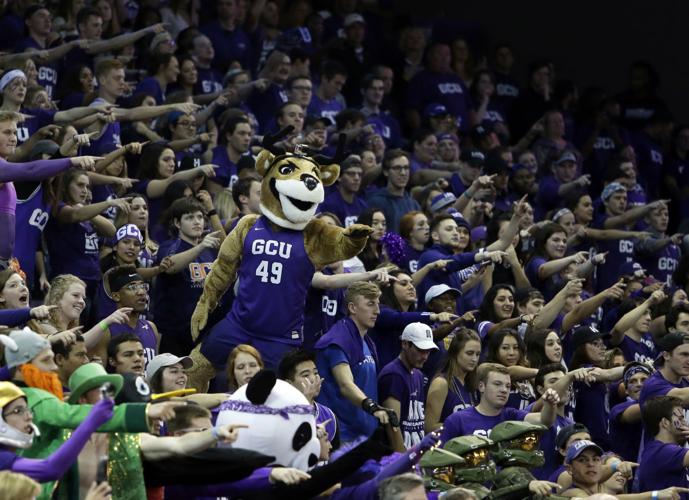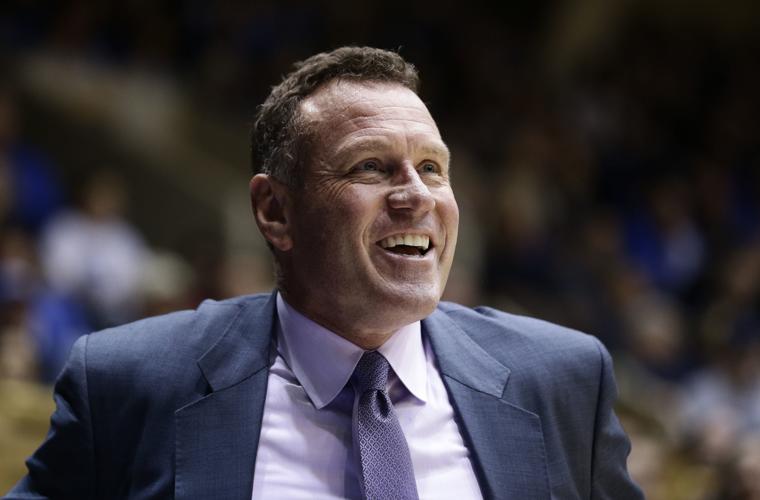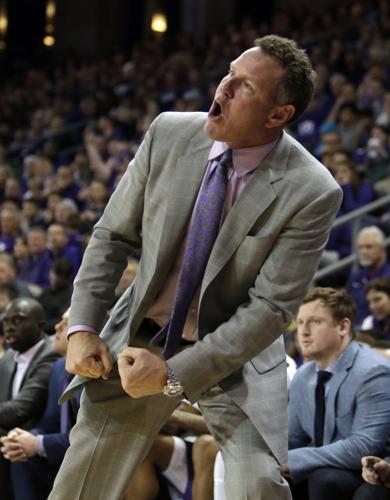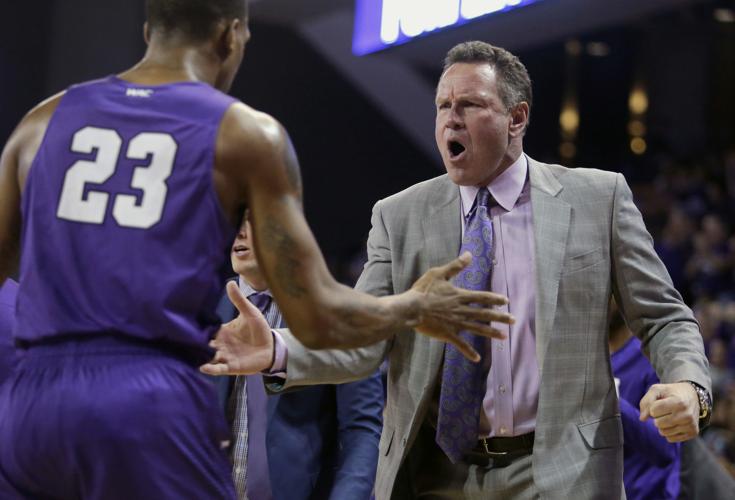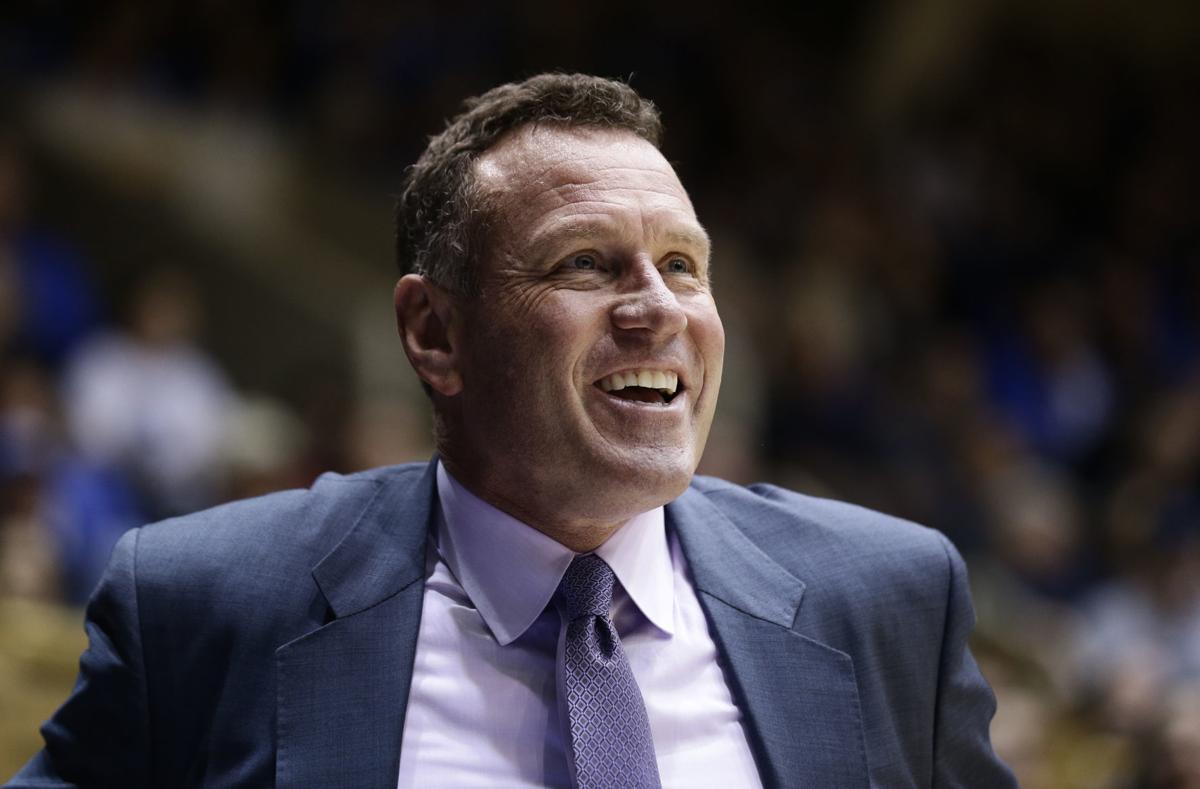Editor’s note: This article is part of the Star’s 2018-19 college basketball guide, which ran in Sunday’s paper.
In 1998, Gonzaga was just some university in the Pacific Northwest — not exactly anonymous, but not a household name. The men’s basketball team went 28-7 that season, two years after its first NCAA Tournament appearance, advancing to the 1999 Elite Eight as a No. 10 seed. They’ve been in the tournament all but one year since. Since 1999, enrollment has increased 86 percent.
In 1998, Butler University was just some school in the Midwest — not exactly anonymous, but not a household name. The men’s basketball team went 22-11 that season, advancing to its second straight NCAA Tournament after missing it for 35 straight years. Two years later, the Bulldogs won their first tournament game, and they’d go dancing 10 times in the next 18 years, with two NCAA Tournament runner-up finishes and two more Sweet 16s.
Fifteen years later, in March of 2013, Dan Majerle became the head coach at Grand Canyon University with one thing in mind.
Become the next Gonzaga or Butler.
• • •

Grand Canyon’s Havocs — the student section — are among the wildest in the West.
Around the same time, Oscar Frayer was rounding into form as an exciting sophomore basketball prospect at Moreau Catholic High in Hayward, California. He was coveted by Cal, where he had verbally committed, by nearby St. Mary’s, a mid-major power, and also Oregon State.
As far as Grand Canyon?
“I didn’t know we existed,” said Frayer, a preseason All-WAC second-team selection. “I didn’t know they had a coach named Dan Majerle or a guy named Jerry Colangelo. But I knew when I took my visit down here, I knew that everything would go right.”
This wasn’t blind faith. It was Majerle’s vision that sold him.
In the beginning, Majerle was sold on a vision, too.
It helped that the one delivering that vision was one of the all-time great basketball executive in the sport’s history, Colangelo, another Phoenix icon, and, Majerle said, “When Jerry calls, you listen.”
Majerle met with Colangelo, who had already begun helping remake the university, helping to create the school’s sports business program, and school president Brian Mueller. Mueller was a basketball guy himself, a former head coach at his alma mater, Concordia University, and he’d helped rescue Grand Canyon from the brink of extinction.
The school was founded in 1949 by the Arizona Southern Baptist Convention as the nonprofit Grand Canyon College. By 2004, the school was on the verge of shutting its doors. It was sold to Significant Education LLC and converted to a for-profit university. On-campus enrollment grew from 1,000 in 2008 to 17,500 in 2017, with an estimated 70,000-plus students taking online courses.
Sitting with Mueller and Colangelo, Majerle heard a compelling pitch.
“I just listened to (Colangelo), and his vision, and what he thought we could be, and they said, ‘We could be the next Gonzaga,’” Majerle said.
OK, so they weren’t aiming low.
“When we got there, there were 4,000 kids on campus, which was 100 acres,” Majerle said. “Now there are 21,000 and it’s 300 acres. They continue to build, and it’s not just basketball. They want to be top-25 in everything. And when you build that kind of infrastructure, support, it’s easy to get that kind of support from the students. The Havocs, our student body, they’re their own entity. They know they’re a big part of the show.”
Majerle points out that Grand Canyon Arena held 5,000 fans when he arrived, and they played to packed houses. Soon after, Majerle said, “the president took the roof off the building and now it holds 2,200 more, standing-room only.”
The Havocs, GCU’s student section, “have created a big party,” Majerle said. “They have a blast coming to our games. It’s almost a rave.”
Initially, it helped that Majerle was a Suns star.
“I love being a big part of this community,” he said. “I think that’s a big part of the reason I’ve been able to be successful here. I love it, and for whatever reason, they love me back.”
But winning 81 games the last three years? That helps, too.
“Everywhere we go, we see more and more Grand Canyon gear,” Frayer said.
“There’s more support in the community. Everyone is starting to learn about Grand Canyon as a whole. But Coach just has this background in Phoenix. I knew of him a little bit. I didn’t really pick up his hype until we walked around the airport, and it was like, ‘Oh man, you’re the guy who played Jordan, you’re Dan Majerle!’ Now that I’m here, I definitely understand it. He’s a big-time dude, and I love it.”
• • •

Grand Canyon head coach Dan Majerle during the second half of an NCAA college basketball game against Louisville, Saturday, Dec. 3, 2016, in Phoenix. Louisville defeated Grand Canyon 79-70.
With that fame comes an edge.
The ones who had to grind like Majerle did typically have it. A lightly recruited mid-major sensation, Majerle was a three-time All-MAC selection at Central Michigan who helped take the Chippewas to the 1987 NCAA tournament. He was selected with the 14th overall pick of the 1988 NBA draft, where he was booed by Suns fans. They drew the ire of head coach Cotton Fitzsimmons, who famously said, “You’ll be sorry that you booed this young man.”
They quickly came to love Thunder Dan, who became a local legend, making three All-Star teams in seven years before being traded to Cleveland, where he spent one year before a five-year stint with Miami under Pat Riley.
Majerle returned to the desert for his final season in 2001-02, capping off a 14-year NBA career that perhaps only he and Fitzsimmons saw coming.
Majerle carries that edge to the court with him as a coach.
“Guys have had to learn the intensity Coach Majerle coaches with,” Frayer said.
Asked if there was a difference between Dan Majerle and Thunder Dan, he replied: “They’re the same guy. The only reason I played 14 years in the league is because I pushed myself. I did whatever it takes. As a coach, you have to be who you are. I’m extremely demanding on our guys, but I do love to have fun. I will never ask them to do something I didn’t do myself. …
“I know what it takes. When you talk to these kids, and it doesn’t matter who you’re talking to, they all want to play for a living. They all want to play in the NBA or overseas. I tell them I know what it takes to get there. It’s not easy, it’s not for everybody.”
• • •

An anemic home schedule will make it hard for Dan Majerle’s Antelopes to match their average attendance of 6,817 fans last season at GCU Arena.
After winning 27, 22 and 22 games the last three years, including a trip to the WAC Tournament finals against New Mexico State last year, the Antelopes are on the rise.
ESPN.com wrote a big feature about the program last year, and they’ve had dates with some of the biggest teams in college basketball, inviting them to Grand Canyon Arena to see what all the fuss is about.
It’s almost, Majerle says, too good.
Through Colangelo’s established basketball connections, the Antelopes have been able to secure nonconference games against Duke, Houston, Penn State and San Diego State. They’ve played home-and-home series against Louisville and San Diego State.
Now, Majerle said, “That continues to build our brand, but it serves notice that we’re a hard place to play. That’s something we’re fighting.”
Now the fight moves to a bigger stage.
“When I was hired here, it was to be a top-25 team,” Majerle said. “That’s going to take time. But to win 27, 22 and 22 games is pretty remarkable. Our recruiting has really picked up. We’re even ahead of where we thought we would be.”
It helped that when he took the job, he was just a bit naïve.
“When I got into the college game, it was a blessing I didn’t know what I didn’t know,” he said. “I didn’t know how hard it was going to be. I knew I had to come in and give everything I had. Looking back to that first year, it was extremely hard.
“And I know this next step is going to be really hard.”


